Leaving No Trace whilst Canoeing on the River Tees
Whilst watching 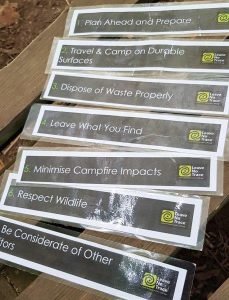 BBC’s River Walks which focused on the River Tees, I was inspired to go for a paddle on the River Tees- the lower Tees! This is a that many cross daily during their commute, via the dozen or so bridges that carry roads. The same river that’s known for industry and cargo- that runs through towns- and well, let’s face it- has a murky reputation!
BBC’s River Walks which focused on the River Tees, I was inspired to go for a paddle on the River Tees- the lower Tees! This is a that many cross daily during their commute, via the dozen or so bridges that carry roads. The same river that’s known for industry and cargo- that runs through towns- and well, let’s face it- has a murky reputation!
Earlier this year I had the opportunity to do a Leave No Trace Trainer’s course- and it was one of the most thought provoking courses I have done in a long time (if you’re interested then have a look at Life Trek Adventures, run by Seb and Heidi). As I paddled along, it struck me that although there’s definitely a trace being left by humans on the river, we still have to apply the principles- and, as much of the LNT course and my practice is land-based, I made a commitment that I’d reflect on the principles and how they are present when canoeing.
When canoeing, the four Leave No Trace principles that struck me as being more than trivially different to land-based practice are: Plan Ahead and Prepare; Travel and Camp on Durable Surfaces; Respect Wildlife and Be Considerate to Others.
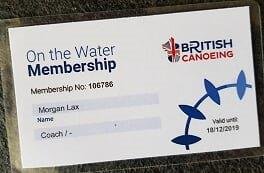 Plan Ahead and Prepare much of this principle is similar for land-based practice as it is for water-based; the main distinction is that where you launch and paddle may be subject to fees and the need for a licence. So rather than Plan Ahead and Prepare, it’s more akin to Consider Ahead and Prepare The fees is often down to a few things- the cost of maintaining the river bank and the associated facilities you might get- such as showers or toilets. It’s always worth checking if where you are launching is subject to a launch fee. Where we launched from was the public slip way, opposite the White Water Centre, just upstream from the Barrage. It’s a slip that is maintained by the Canal and River Trust, which does mean that’s it’s free- but there is a need for a licence. Licences can be purchased for one day up to one year from the Trust; this is one of the benefits of being a member of British Canoeing, that a waterways licence is included! Many paddlers won’t paddle on any rivers or canals that are maintained by the Trust, so they don’t need a licence- it’s always worth checking if you do!
Plan Ahead and Prepare much of this principle is similar for land-based practice as it is for water-based; the main distinction is that where you launch and paddle may be subject to fees and the need for a licence. So rather than Plan Ahead and Prepare, it’s more akin to Consider Ahead and Prepare The fees is often down to a few things- the cost of maintaining the river bank and the associated facilities you might get- such as showers or toilets. It’s always worth checking if where you are launching is subject to a launch fee. Where we launched from was the public slip way, opposite the White Water Centre, just upstream from the Barrage. It’s a slip that is maintained by the Canal and River Trust, which does mean that’s it’s free- but there is a need for a licence. Licences can be purchased for one day up to one year from the Trust; this is one of the benefits of being a member of British Canoeing, that a waterways licence is included! Many paddlers won’t paddle on any rivers or canals that are maintained by the Trust, so they don’t need a licence- it’s always worth checking if you do!
Travel and Camp on Durable Surfaces- water is a durable surface- it can’t be eroded or damaged through use, not like mountain biking on a wet forest track or walking on a boggy path. Unless your expedition you’re unlikely to be camping- in which case you’ll return to the land and camp as you would for land-based activities. The main consideration is where and how we launch and land- that is the area of land most at risk of damage. I remember the launch field we regularly used with groups on the River Esk near Ruswarp years ago- along with other outdoor providers- we would negotiate the ever steepening mud slope that was the main access/egress to the river- seal launching kayaks- until a small wooden platform was put in; no it’s a purpose built concrete platform, with steps and an access ramp. So really, this principle can be extended to include the need to launch and land at durable sites- or take care to protect river banks when a durable site isn’t available.
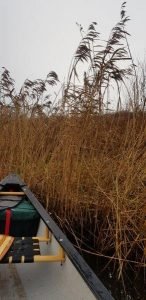 Respect Wildlife- this includes flora and fauna. Much of this principle is similar to the when engaged in land-based practice, but there is the consideration that you are likely to come into greater proximity of fauna when on the waterway. During this paddle, I saw cormorants, gulls, terns, ducks, swans and a heron- as well as the fish I couldn’t see. I made sure we skirted the flocks of swans and avoided paddling up to the heron to get a close up photo. My thoughts are that this is their home- I’m just visiting- even if that means I’ve got to paddle further. The rule I follow is that when I hold my hand at arms length, and stick my thumb up- over the wildlife, if I can see it either side of my thumb then I’m too close!
Respect Wildlife- this includes flora and fauna. Much of this principle is similar to the when engaged in land-based practice, but there is the consideration that you are likely to come into greater proximity of fauna when on the waterway. During this paddle, I saw cormorants, gulls, terns, ducks, swans and a heron- as well as the fish I couldn’t see. I made sure we skirted the flocks of swans and avoided paddling up to the heron to get a close up photo. My thoughts are that this is their home- I’m just visiting- even if that means I’ve got to paddle further. The rule I follow is that when I hold my hand at arms length, and stick my thumb up- over the wildlife, if I can see it either side of my thumb then I’m too close!
There was a rich variety of flora to be seen as well. Including common reed, willow, alder, teasel and pendulous sedge. Many of these species are water lovers, with their roots in damp ground or even in the river directly. I feel that being able to recognise and understand little about the flora we see allows me to respect it- much as I would introduce myself to a person, as it would be disrespectful otherwise.
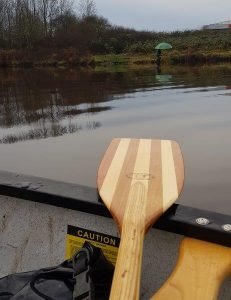 Be considerate of other users is a topic not far away from many paddlers- particularly when encountering those who are fishing on the rivers. Indeed, the river was quite quiet- but here was one fisherman and two crews or rowing boats that we encountered. My maxim is that we are all there to enjoy the waterway- so being considerate is something we should be. It was easy on the lower Tees, given that it was quiet and as the river is often more than 100m wide, we can pass easily. The rule is that two craft using a waterway should pass port to port, so in effect to the right. The fishermen was another story- there’s plenty of stories of fisherman shouting at paddlers, and vice versa- indeed, I have fisherman caste over the top of me and then try to hook me- it can be quite difficult to keep your cool in situations like that. But, the thing to remember is that I have no more right to be there than they do; likewise, they have no more right than I have. I accept that on a river trip, a paddler passes the point where the fisherman is- and if the fish are disturbed then their sport may be interrupted- for this reason passing quietly, slowly and widely is the best option. In this instance, with just two boats on the water- we could achieve this easily- I did pay particular attention to avoid tapping the gunwale with the paddle- something that will send noise reverberating through the water- and we headed to the opposite of the river which did mean a further paddle given that this chap was sat on the inside of a bend- a polite and friendly wave was also in a diplomatic act to smooth the fishing-paddling relationship. It’s got to be said, when working with a group, who are having trouble keeping their boats going where they, and you, want them to, on a narrower river, this can be more of a challenge- for this reason, the possibility of encountering people fishing is always contained my paddling briefing.
Be considerate of other users is a topic not far away from many paddlers- particularly when encountering those who are fishing on the rivers. Indeed, the river was quite quiet- but here was one fisherman and two crews or rowing boats that we encountered. My maxim is that we are all there to enjoy the waterway- so being considerate is something we should be. It was easy on the lower Tees, given that it was quiet and as the river is often more than 100m wide, we can pass easily. The rule is that two craft using a waterway should pass port to port, so in effect to the right. The fishermen was another story- there’s plenty of stories of fisherman shouting at paddlers, and vice versa- indeed, I have fisherman caste over the top of me and then try to hook me- it can be quite difficult to keep your cool in situations like that. But, the thing to remember is that I have no more right to be there than they do; likewise, they have no more right than I have. I accept that on a river trip, a paddler passes the point where the fisherman is- and if the fish are disturbed then their sport may be interrupted- for this reason passing quietly, slowly and widely is the best option. In this instance, with just two boats on the water- we could achieve this easily- I did pay particular attention to avoid tapping the gunwale with the paddle- something that will send noise reverberating through the water- and we headed to the opposite of the river which did mean a further paddle given that this chap was sat on the inside of a bend- a polite and friendly wave was also in a diplomatic act to smooth the fishing-paddling relationship. It’s got to be said, when working with a group, who are having trouble keeping their boats going where they, and you, want them to, on a narrower river, this can be more of a challenge- for this reason, the possibility of encountering people fishing is always contained my paddling briefing.
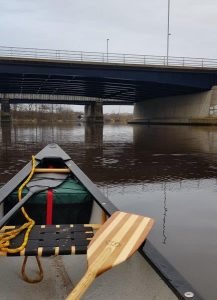 Finally, I am always amazed at how the lower Tees goes from being an urban river to a remote one (as you paddle upstream- and vice versa as you paddle down stream); as you pass under the Surtees rail and road bridges- which carries the A66, the river is suddenly bordered by fields and trees,rather than retail and business premises.
Finally, I am always amazed at how the lower Tees goes from being an urban river to a remote one (as you paddle upstream- and vice versa as you paddle down stream); as you pass under the Surtees rail and road bridges- which carries the A66, the river is suddenly bordered by fields and trees,rather than retail and business premises. 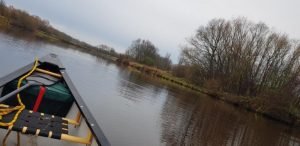

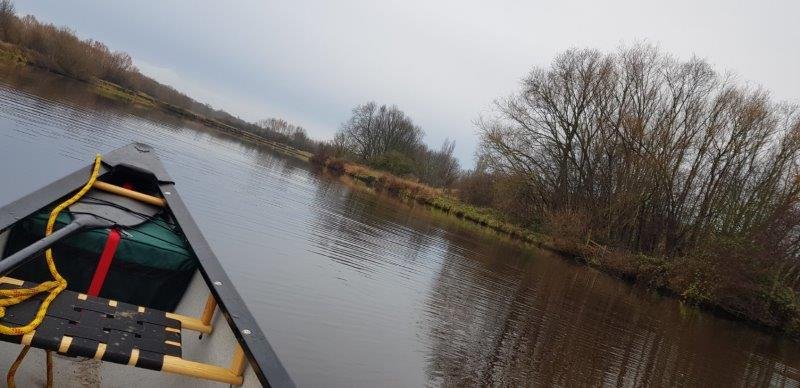
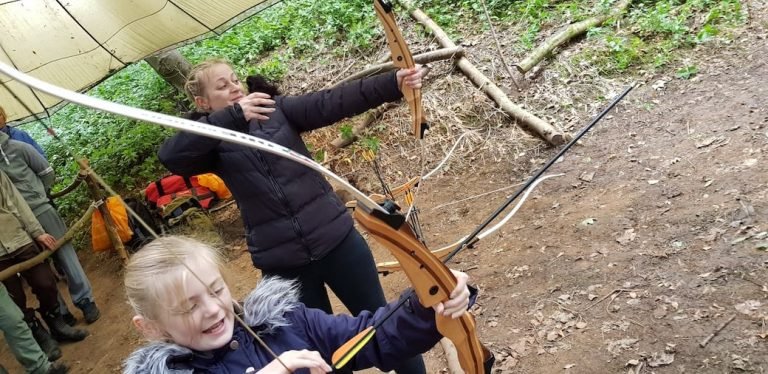
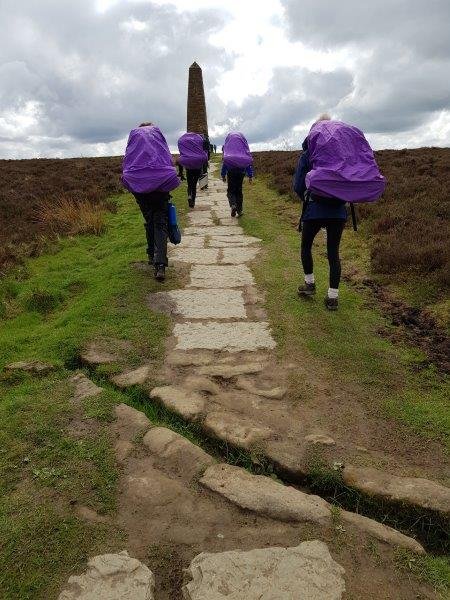
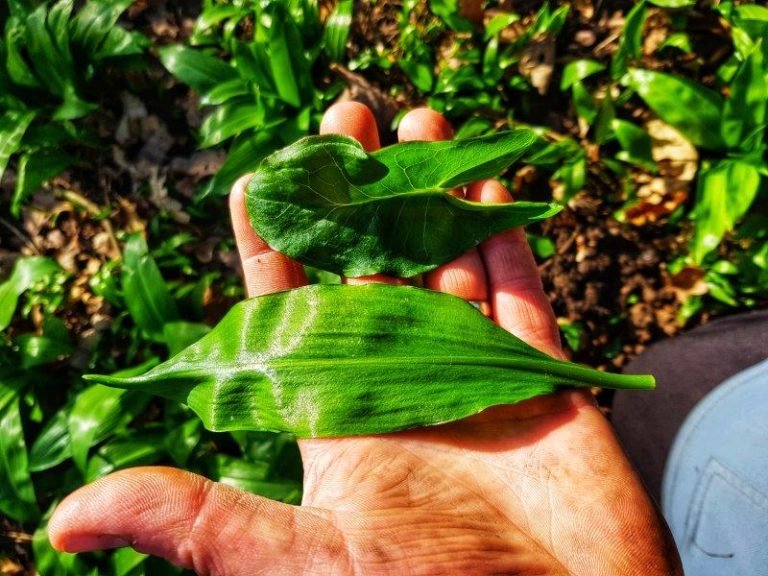

Hi Morgan, hope all is good and great to see you back in a boat. Great article ref no trace – it is also worth thinking about the potential impact on biodiversity and actions that paddlers (and other water users) can take, especially when paddling in different catchments.
Loads more info here – https://www.britishcanoeing.org.uk/go-canoeing/access-and-environment/access-charter-campaign/invasive-non-native-species
All the best,